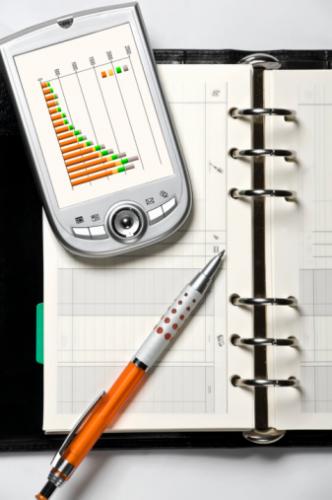Secrets To A Strong Credit Score
Today’s guest post is by Kelly Spors, a writer with RothIRA.com, a leading retirement and Roth IRA resource. A former Wall Street Journal reporter, Kelly has written about small business and personal finance for The New York Times, Entrepreneur magazine, Yahoo! and SmallBizTrends.com. Enjoy!
A credit score above 700 can open many doors for you financially, making it much easier to obtain a mortgage, car loan or credit card with terms that are better for you, not the bank.
What many people don’t realize is that seemingly small financial decisions can have a huge effect on credit scores. Not making a payment on time or closing an old, unused account can actually hurt your credit score.
So what goes into a credit score anyway? Various lenders use different analytics companies to crunch credit scores for them, but one of the most commonly used is Fair Isaac Corp.’s commonly used “FICO score”.
At MyFICO.com, Fair Isaac Corp. provides a breakdown of what credit report information ends up going into the FICO score. FICO is 35% payment history, 30% amounts owed, 15% length of credit history, 10% types of credit in use, and 10% new credit.
Here are five lessons you should draw from this breakdown:
- The most significant factor is payment history. So always, always pay on bills on time — even if it only the minimum payment. A late payment is a black mark on your score — end of story.
- The second most significant factor is amounts owed. Out of all the credit you have available, what portion of it are you already using? The higher the portion, the more your credit score is hurt. Credit scores will also take into account the same ratio with individual accounts. So a single, out-of-control credit card balance can damage your score.
- Ironically, having an old unused account can actually help. It increases credit you have available, and also proves a better length of history. As counterintuitive as it may seem, close newer unused accounts versus older ones if you decide the number of credit cards that you have has become unwieldy.
- Know your financial history. Go to AnnualCreditReport.com once a year and get a free copy of Experian, Equifax and TransUnion reports. Knowing the information on the reports gives you a grasp of what a company such as Fair Isaac Corp. will see when it is crunching your credit score. Also know that a person has a legal right in the United States to challenge false credit report information.
- Avoid rash moves. The 10% of a FICO score that is determined by “new credit” — that means recently opened credit lines. People in financial trouble are more likely to apply for credit as they desperately try to shift debt. Don’t look like one of those people. As tempting as that 10% discount on your store purchase looks, don’t get the store credit card — and definitely don’t return from a shopping outing with more than one new card.



